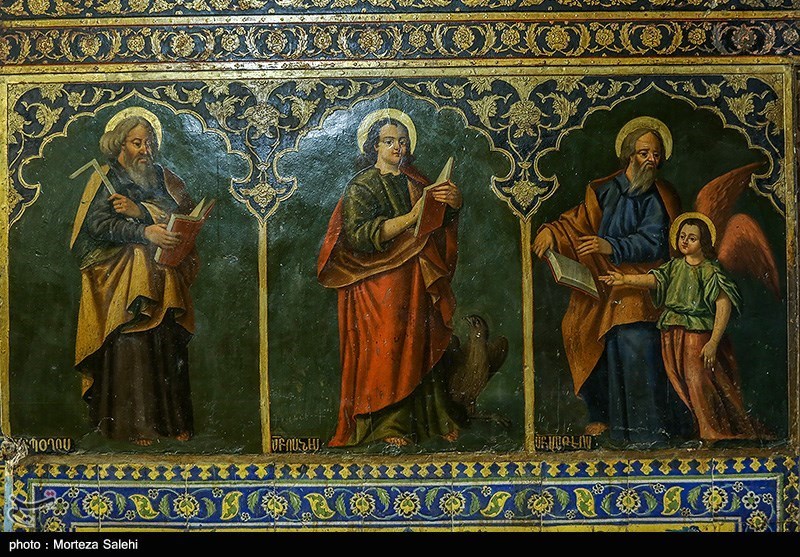INDO-PERSIAN CHURCH COLLECTION
The history of the Church in India and Persia during the Dark Ages and Medieval period is a story of resilience, cultural exchange, and religious adaptation. Though often overlooked, the Christian communities in these regions played a significant role in shaping the religious and cultural landscapes of the time. Christianity arrived in India as early as the 1st century AD, traditionally attributed to the missionary work of St. Thomas the Apostle in 52 AD. The ancient Christian community in India, known as the Saint Thomas Christians (Nasrani), flourished in the southwestern coastal regions of Kerala. These early Christians maintained close ties with the Eastern Christian traditions, particularly with the Church of the East, which had its center in Persia. During the medieval period, India saw the arrival of various Christian missions, including Nestorian and later Roman Catholic missions. The Church in India faced a mix of challenges and opportunities. Under Islamic rule, especially from the 12th century onwards, the situation for Christians became more complex. While the Portuguese colonial efforts in the 16th century led to the forced spread of Catholicism, local Christian communities, particularly in Kerala, managed to retain their distinct traditions and liturgical practices. In the Dark Ages, the Indian Church was largely isolated from the broader Christian world, relying heavily on its connections with Persia and the Middle East for theological guidance and ecclesiastical organization. Despite this isolation, the Indian Church thrived in its own context, developing a unique identity while staying rooted in early Christian traditions.
In Persia, the Christian community primarily followed the Church of the East, also known as the Nestorian Church. This church had a distinct theological position, rejecting certain aspects of the Council of Chalcedon (451 AD) and emphasizing the distinct natures of Christ. Despite being a minority in a predominantly Zoroastrian and later Muslim society, the Church of the East flourished, particularly in urban centers like Ctesiphon, the capital of the Sassanian Empire. During the early medieval period, particularly after the rise of Islam in the 7th century, the Church of the East faced both persecution and opportunities for cooperation with Islamic rulers. Under the Umayyad and Abbasid caliphates, Nestorian Christians were granted a certain degree of autonomy, allowing them to continue their religious practices. They became an important part of the administration, particularly in the fields of medicine, astronomy, and education. The Church of the East also played a crucial role in the spread of Christianity along the Silk Road, extending its influence into Central Asia, China, and beyond. Missionary activities during this period led to the establishment of Christian communities far beyond Persia, contributing to the spread of Christianity in Asia. The Church in India and Persia during the Dark Ages and Medieval period offers a fascinating glimpse into the survival and adaptation of Christianity outside of the Roman and Byzantine spheres of influence. While both regions faced unique challenges—whether in the form of Islamic domination or political isolation—Christian communities in India and Persia continued to evolve, develop unique practices, and maintain connections with the broader Christian world. Their contributions to the intellectual, cultural, and spiritual life of Asia during the medieval period remain significant, shaping the historical trajectory of Christianity in these regions for centuries to come.

